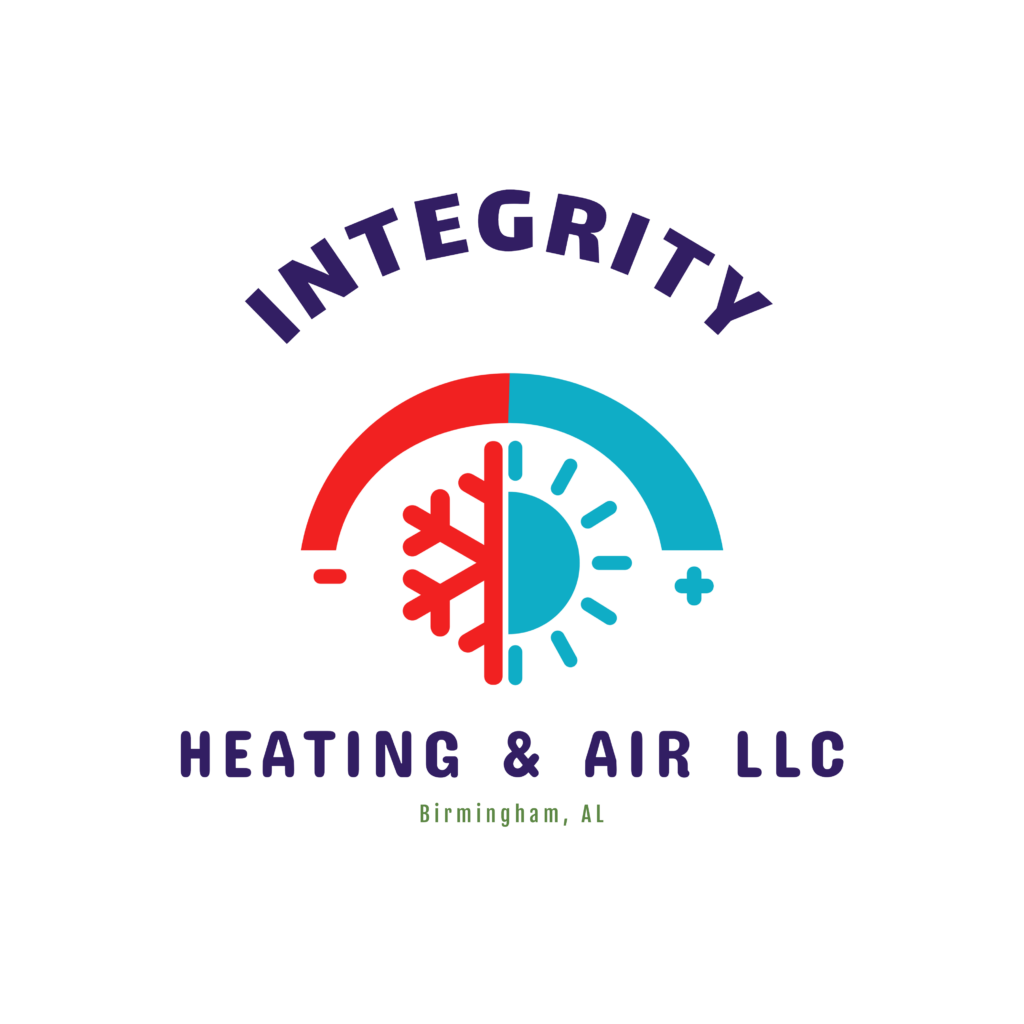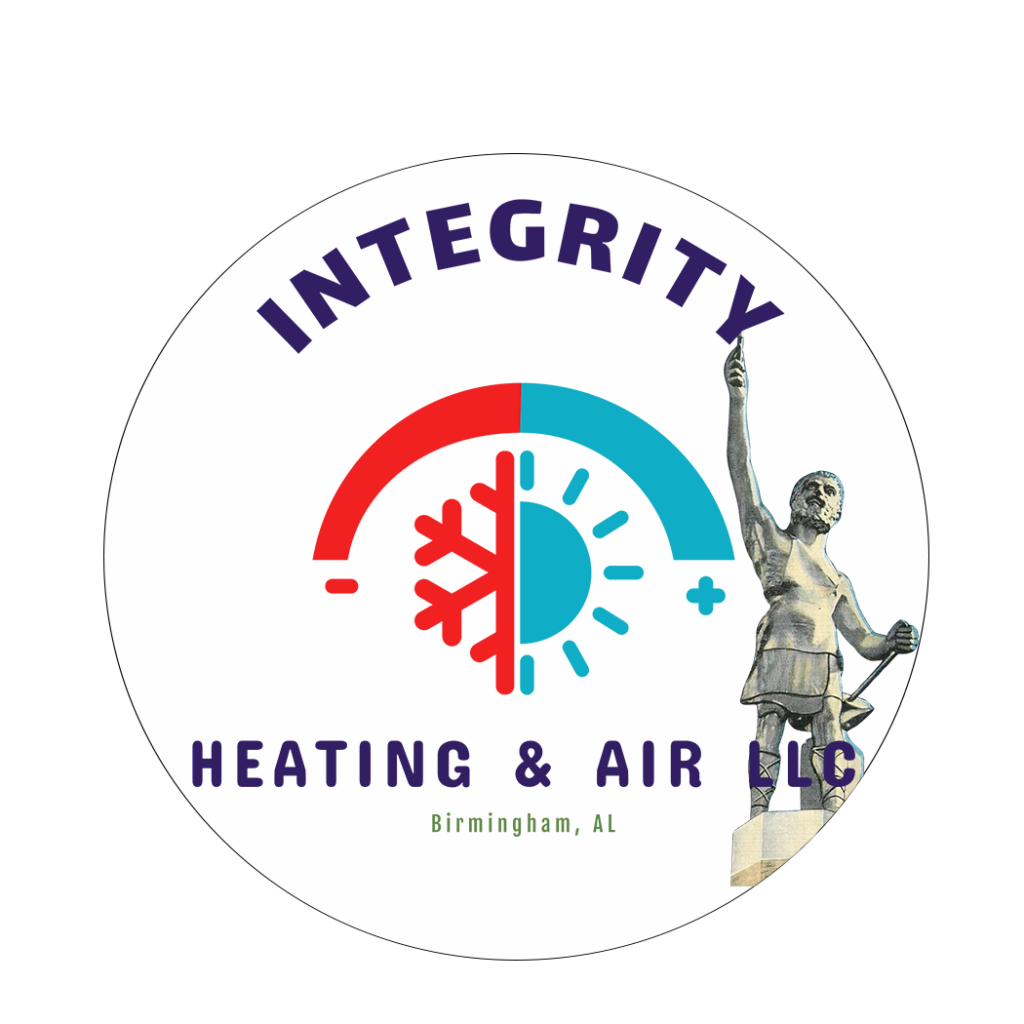If you suffer from allergies, you are likely all too familiar with the discomfort and inconvenience they can bring. From sneezing and congestion to itchy eyes and coughing, allergies can significantly impact your quality of life. While there are many different triggers for allergies, one common culprit that often goes unnoticed is the indoor air quality in your home. Your HVAC system plays a crucial role in maintaining clean and healthy air, and there are several solutions that can help alleviate allergy symptoms and improve your overall well-being.
1. Regularly change air filters: One of the simplest and most effective ways to improve indoor air quality is to regularly change the air filters in your HVAC system. Clogged or dirty filters can trap allergens such as dust, pollen, and pet dander, circulating them throughout your home. By changing your filters every 1-3 months, you can help reduce the amount of allergens in the air and breathe easier.
2. Invest in high-quality air filters: When selecting air filters for your HVAC system, opt for high-efficiency particulate air (HEPA) filters or electrostatic filters. These filters are designed to capture smaller particles and pollutants, including allergens, providing cleaner air for you and your family. While they may be more expensive than standard filters, the benefits they offer in terms of improved indoor air quality make them well worth the investment.
3. Schedule regular HVAC maintenance: Routine maintenance of your HVAC system is essential for ensuring optimal performance and air quality. A professional HVAC technician can inspect and clean your system, identify any issues that may be affecting air quality, and make necessary repairs or adjustments. By scheduling regular maintenance at least once a year, you can prevent potential problems and keep your HVAC system running efficiently.
4. Consider installing an air purifier or air cleaner: If you suffer from severe allergies or have particularly sensitive respiratory issues, investing in an air purifier or air cleaner can provide added protection against allergens. These devices work to remove pollutants and particles from the air, including allergens, bacteria, and viruses, creating a healthier indoor environment. There are several types of air purifiers available, so be sure to research and choose one that best suits your needs.
5. Maintain proper humidity levels: Proper humidity levels are essential for maintaining indoor air quality and reducing allergens. High humidity can promote the growth of mold and mildew, while low humidity can dry out mucous membranes and exacerbate allergy symptoms. Use a humidifier or dehumidifier to keep humidity levels between 30-50%, creating a comfortable and healthy environment for you and your family.
By implementing these common HVAC solutions for allergy sufferers, you can take proactive steps to improve indoor air quality, reduce allergens, and alleviate allergy symptoms. Remember that each home is unique, so it may be beneficial to consult with an HVAC professional to determine the best solutions for your specific needs. With cleaner and healthier air, you can breathe easier and enjoy a more comfortable living space free from allergens.

